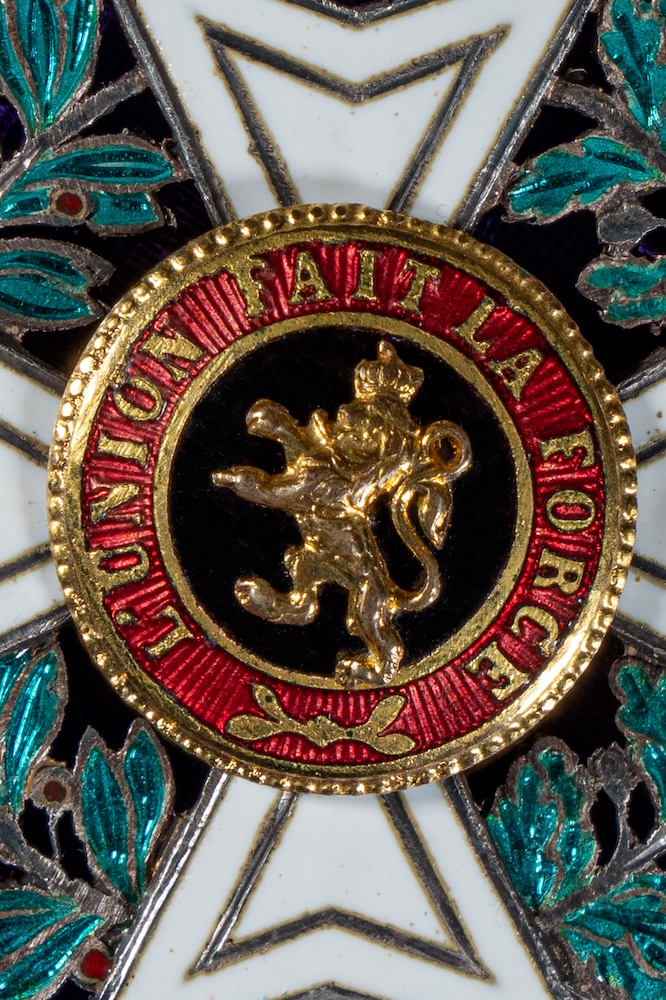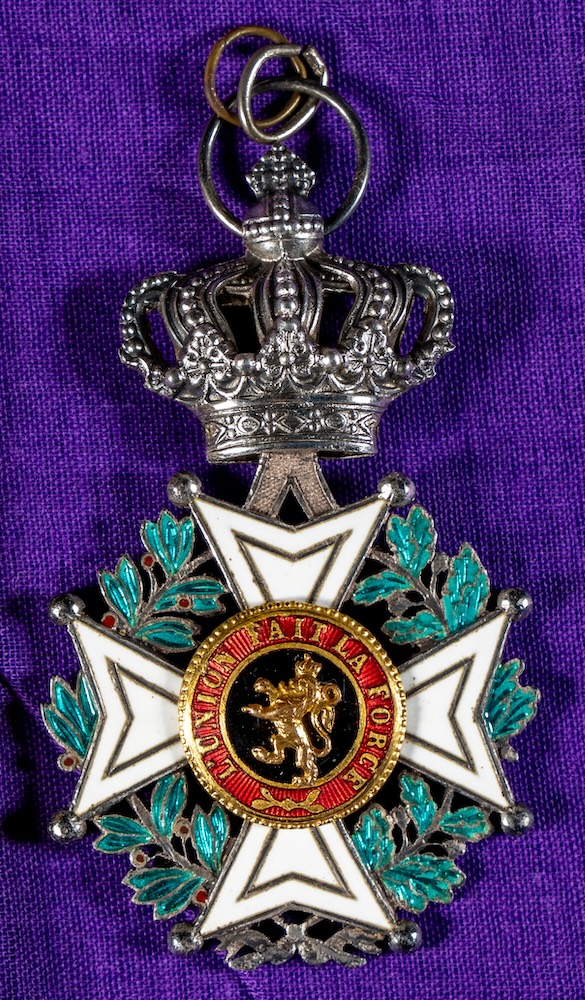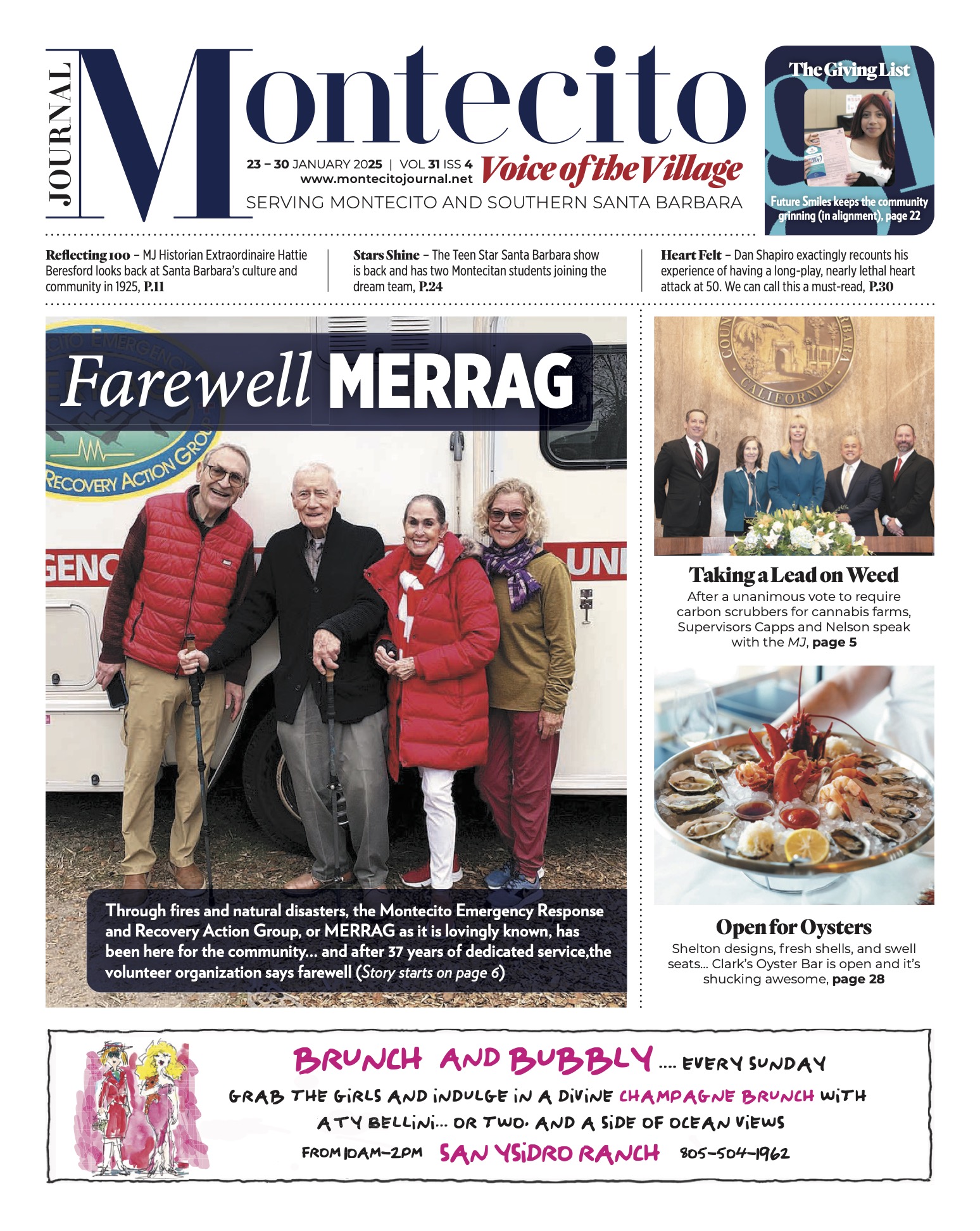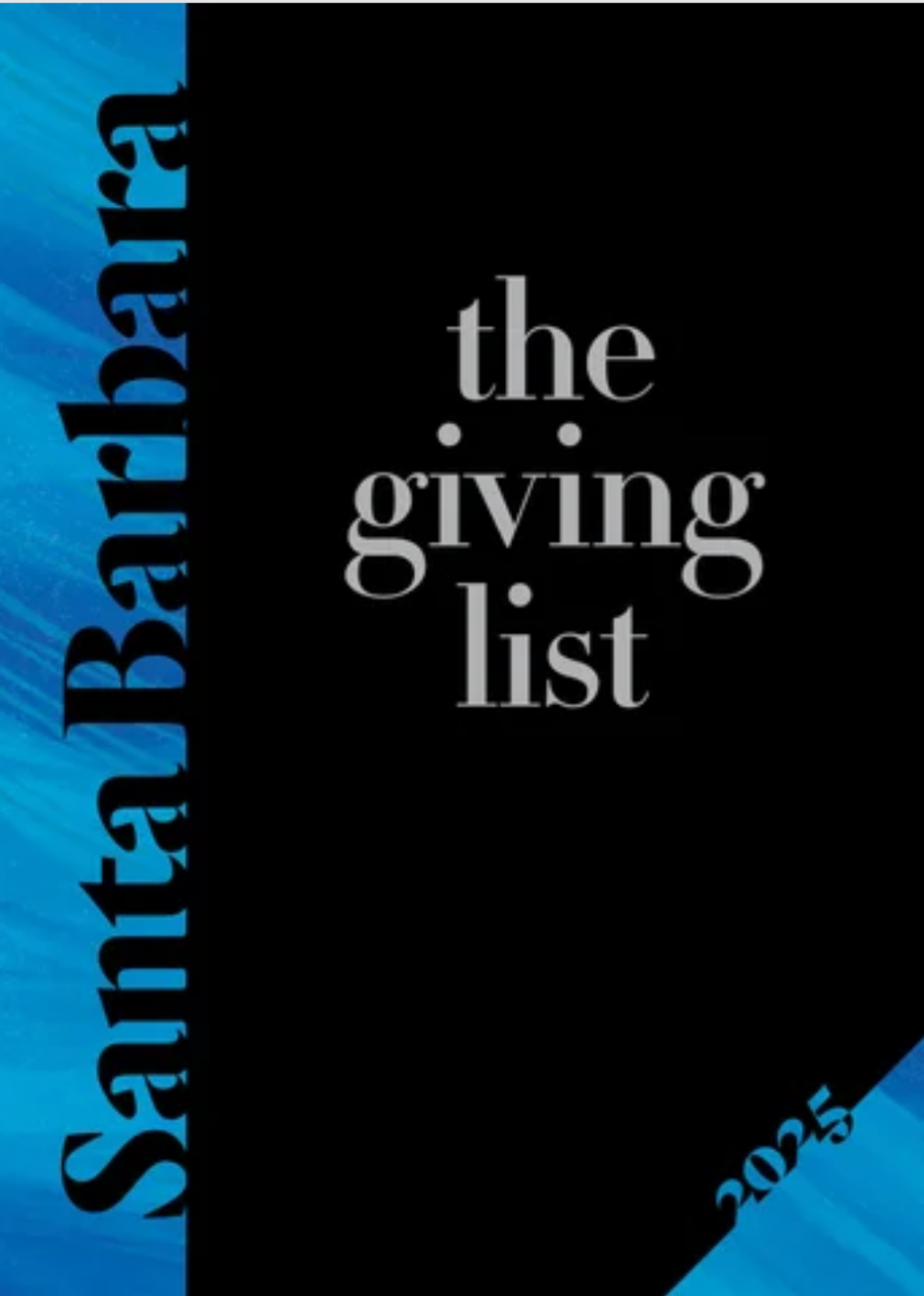Belgian Order of Knighthood

This article is about my early 19th century medal, an Order of Knighthood, which may be connected to my partner’s family history. When objects of history lie in a drawer for years (I don’t remember where I got this) and are rediscovered – the find is historically relevant to my partner! You see, my partner’s last name is Flandrick, (Province of Flanders), having an ancestor related to Queen of Flanders. This medal was and still is given for actions of merit to Belgian notable persons, bestowed by the Kings of Belgium for 192 years. I became interested in this medal after writing last week’s article about a reader’s (different) honorary medal – and dug it out of hiding…
This medal, technically called a badge, is an award of the National Honorary Order of Knighthood, founded by the first King of the Belgians (from 1831-1865), Leopold I. The medal is given by royal decree as a diplomatic gift to notables in the military, maritime service, and civilians of Belgian birth, and to foreign dignitaries who have served the Belgian people – Winston Churchill and Dwight D. Eisenhower, for example, who helped to liberate Belgium from German occupation. Presently, the current King of the Belgians, Philippe, (who was educated at Stanford), has recently bestowed the Order on Belgian/American psychiatrist Esther Perel, who was made a Knight of the Order of the Cross in 2022. The Order was bestowed on Emmanuel de Merode, the director of the conservation area Virunga National Park of the Democratic Republic of Congo.
The design was created in 1832 by Félix de Merode (Emmanuel’s patrilineal ancestor), and approved as to the color and grades of honorific titles conferred by Leopold I. The Grand Cordon or Commander’s Cross badge, as it is called, is worn on a shoulder sash of purple silk, the badge attached to the sash rosette end at the hip. It is sometimes awarded with a large gold or silver breast star worn on the coat. If the Order is given in recognition of acts of charity, there’s a silver stripe in the purple silk; if for valor, there’s a gold stripe. As is the case with my medal, the civil award is made only to those over 42 years of age who have served Belgium for at least 20 years in a meritorious field.

The design is a Maltese Cross on either sterling silver or gold, surrounded by a green enameled wreath of laurel and oak leaves between the arms of the cross. A central cartouche features a lion – regally rearing in black enamel – surrounded by a red enamel ring which says “L’ Union Fait La Force” or ‘unity makes strength.’ Interestingly, that motto, which originated in Homer’s Iliad (“even weak men have strength in unity”) is on the coat of arms of Belgium, Bolivia, Malaysia, Georgia, Haiti, and Bulgaria.
The Order of Knighthood, similar to orders granted by France, originated after the Belgian Revolution of 1830. United Netherlands at the time was controlled by the Dutch, but French speakers revolted to form an independent Belgium (hence the “unity” phrase in the medal). After some bloody skirmishes in Brussels, the Dutch were pushed back, and a Constitutional Monarchy was envisioned. A King was then found: an aristocrat of Bavaria who accepted the throne. Interestingly, Leopold Saxe-Coburg was uncle to both HRH Queen Victoria and her husband, Prince Albert.
Two weeks after Leopold was crowned the Dutch again attacked, and conflict raged for eight years. Thus, Leopold desired an Order of Knighthood to honor those who fought in the Belgian Revolution, and those who served the Belgian people as a whole. Leopold unified Belgian’s nine provinces, including liberal progressives and Catholic conservatives. Leopold was called the “Nestor” of Europe (after the wise negotiator in Homer’s Iliad); he aimed to remain neutral in negotiations with Napoleon III, French Emperor, and the court of Queen Victoria.
Leopold created this Knighthood to unite the country, even bestowing the order on aristocratic couples who wed and formed their own “courts.” He also offered the knighthood as a diplomatic gift to honor Belgian leaders, the military, and the aristocracy.
The mid-19th century was a particularly trying time in the history of Belgium. Just when it seemed that Leopold’s efforts to achieve unity were failing, the Dutch shut down Belgian trading seaports and banned Belgian merchants from trading in Dutch colonies. An economic crisis loomed, and between 1845-1849 a famine in Flanders forced a third of the population to emigrate – to leave Belgium. If not for the struggle in Flanders under Leopold I, my partner’s family might never have come to Minnesota! (remember his name is Flandrick…)
The Order of Knighthood is rare, and in this excellent shape – it is worth $350.






